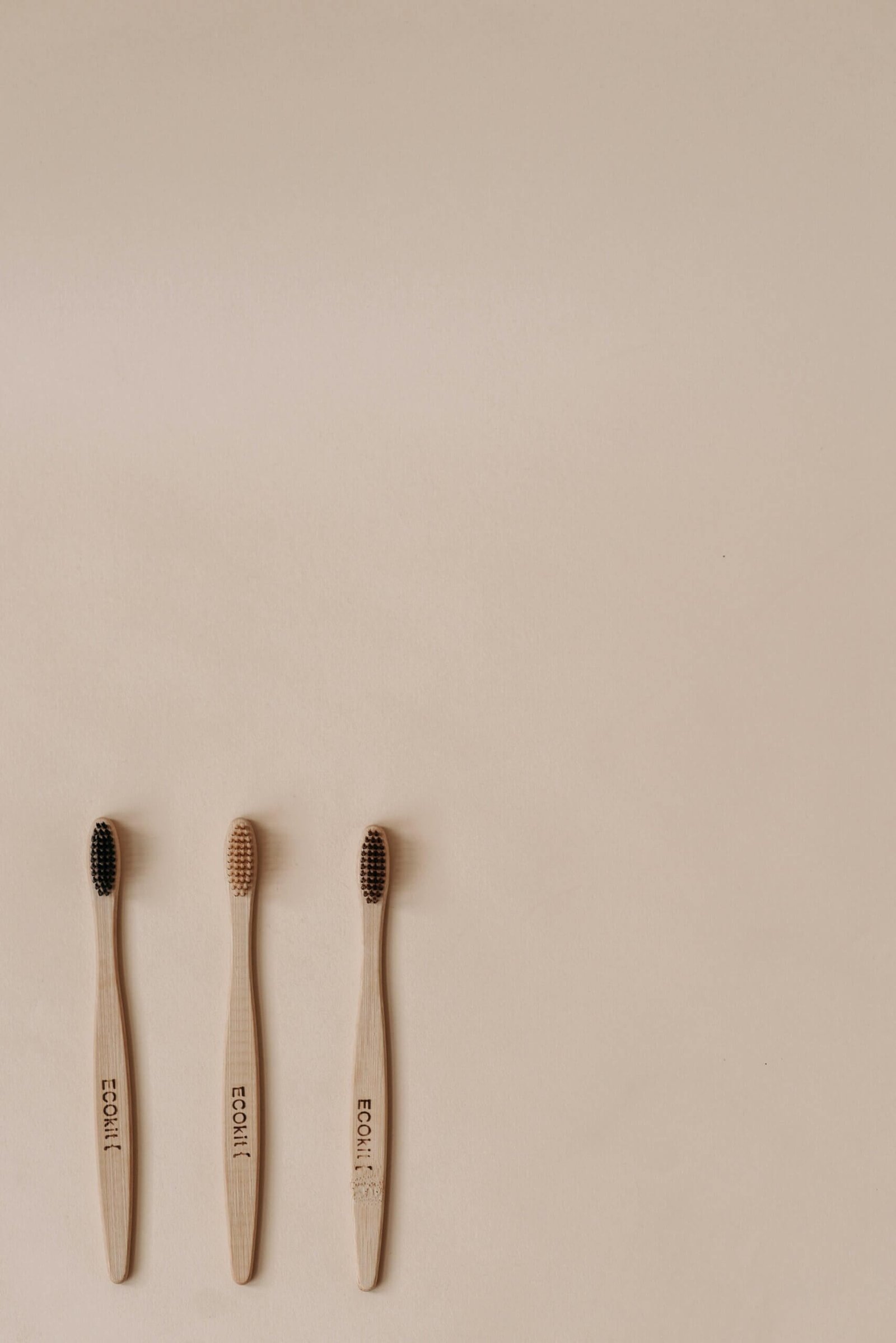If you’re looking to enhance the health and beauty of your garden while also taking care of the environment, then this article is for you. In “Top 10 Eco-Friendly Ways to Mulch Your Garden,” discover a variety of innovative ways to create a nourishing and sustainable environment for your plants. From traditional methods like straw and wood chips to more unconventional options like shredded leaves and newspaper, this guide will provide you with a plethora of eco-friendly alternatives to protect and enrich your garden’s soil. Get ready to transform your gardening practices and make a positive impact on the planet.
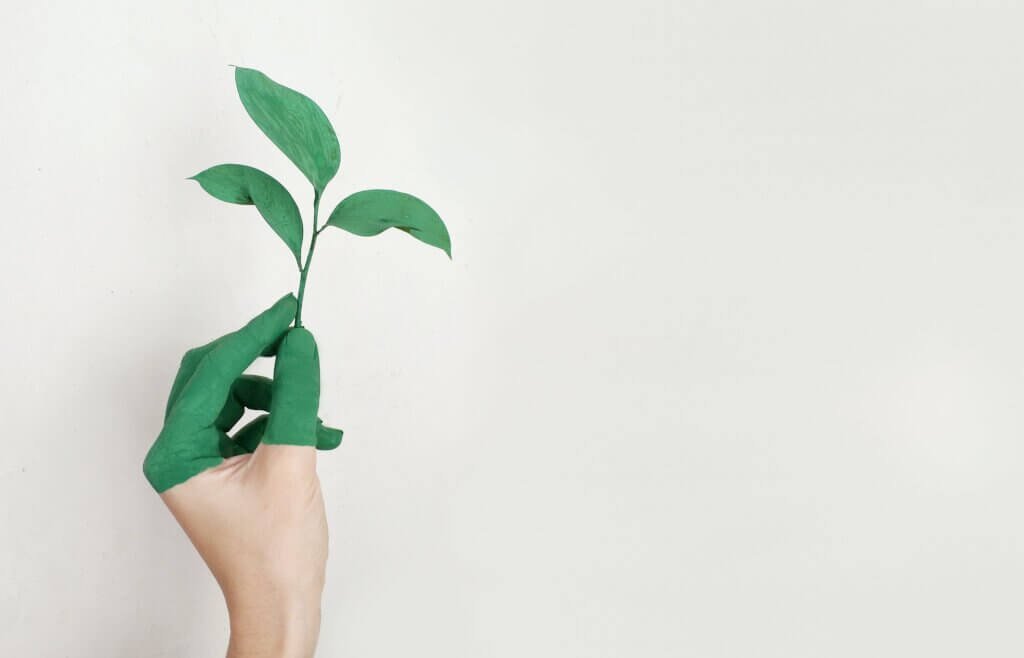
1. Organic Mulch Options
When it comes to mulching your garden, organic options are not only eco-friendly but also provide numerous benefits for your plants. Here are five organic mulch options to consider:
1.1 Compost
Compost is a fantastic choice as it not only provides nutrients to your plants but also helps improve the soil structure. Using compost as mulch promotes soil moisture retention, suppresses weed growth, and creates a healthy environment for beneficial microorganisms. Simply spread a layer of compost around your plants, ensuring not to pile it up against the stems.
1.2 Grass Clippings
Instead of throwing away your grass clippings, consider using them as mulch in your garden. Grass clippings can help suppress weeds and retain soil moisture. Make sure the grass clippings are herbicide-free and spread them evenly around your plants, ensuring they are not too thick to avoid suffocating the soil.
1.3 Leaves
Using fallen leaves from your yard as mulch is an excellent way to recycle and enrich your garden. Leaves provide insulation, retain moisture, and add organic matter to the soil as they decompose. Shred the leaves before applying them to prevent them from matting down and inhibiting water penetration.
1.4 Straw
Straw mulch is a popular choice for vegetable gardens. It helps regulate soil temperature, conserve moisture, and prevent weed growth. Apply a layer of straw around your plants, ensuring it is not too thick to allow air and water to reach the soil.
1.5 Wood Chips
Wood chips are a long-lasting mulch option that adds a natural touch to your garden. They conserve moisture, suppress weeds, and break down slowly, adding organic matter to the soil. However, avoid using fresh wood chips, as they can deplete nitrogen from the soil during the decomposition process. Use aged wood chips instead to prevent any negative impact on your plants.
2. Newspaper or Cardboard Mulch
Using newspaper or cardboard as mulch is a cost-effective and eco-friendly method that can effectively suppress weeds and maintain soil moisture. Here’s how to utilize this mulching technique:
2.1 Preparation
Before applying newspaper or cardboard as mulch, remove any existing weeds or grass from the area. Wet the newspaper or cardboard thoroughly to make it easier to handle and ensure good contact with the soil.
2.2 Application
Lay several layers of newspaper or flattened cardboard directly on the soil, overlapping the edges to prevent weed growth. Make sure no gaps are left that may allow light to penetrate, as this can encourage weed growth.
2.3 Benefits
Newspaper or cardboard mulch provides excellent weed suppression by blocking sunlight and preventing weed germination. Additionally, it helps retain soil moisture, moderates soil temperature, and gradually breaks down, adding organic matter to the soil.
2.4 Tips and Caution
To prevent the newspaper or cardboard from blowing away, weigh it down with other mulch materials or secure it with rocks or garden staples. Avoid using glossy or colored sections of newspapers, as they may contain potentially harmful chemicals. As the newspaper or cardboard breaks down, periodically add additional layers to maintain weed control.
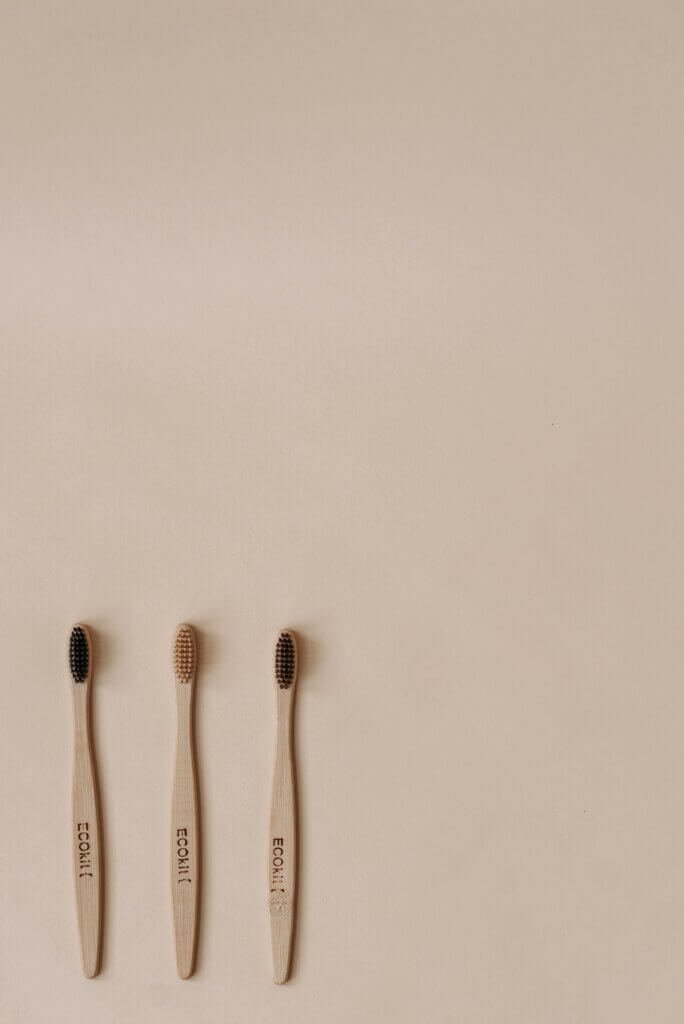
3. Mulching with Pine Needles or Pine Straw
If you have access to pine needles or pine straw, consider using them as a natural mulch choice. They can create a beautiful ground cover and offer several benefits for your garden:
3.1 Natural Mulch Choice
Pine needles or pine straw is a readily available mulch material in areas with pine trees. They are lightweight, acidic, and take a long time to break down. These qualities make them particularly suitable for acid-loving plants such as azaleas, rhododendrons, and blueberries.
3.2 Ideal Conditions
Pine needles or pine straw mulch works best in areas with acidic soil. If your soil is already alkaline, it may not be the best option for you. Before applying the mulch, water the soil thoroughly to prevent it from drying out.
3.3 Benefits
Using pine needles or pine straw as mulch helps suppress weed growth, conserve soil moisture, and regulate soil temperature. They also create a natural barrier against certain pests, such as slugs and snails. Additionally, as pine needles break down, they add organic matter to the soil, improving its structure.
3.4 Considerations
Pine needles or pine straw may increase the acidity of the soil over time, which is beneficial for acid-loving plants but may not be suitable for other types of plants. Monitor the pH level of your soil periodically to ensure it remains within the appropriate range for your particular plants.
4. Seaweed Mulch
For gardeners living near the coast, seaweed can be an excellent mulching option due to its many beneficial properties. Here’s how to effectively use seaweed as mulch:
4.1 Source and Collection
Collect seaweed from the beach, ensuring you are aware of any local regulations regarding seaweed collection. Gather seaweed that has been washed ashore, avoiding any living plants or attached animals.
4.2 Preparation
Rinse the seaweed thoroughly with freshwater to remove any excess salt. Allow it to dry partially before using it as mulch to prevent it from becoming too slimy.
4.3 Application
Spread a layer of seaweed mulch around your plants, ensuring it is not too thick, as it may produce a strong odor as it decomposes. It is best to apply seaweed mulch in the spring to allow for easier planting and to let the decomposition process begin before the growing season.
4.4 Advantages
Seaweed mulch provides various benefits, including weed suppression, moisture retention, and a natural source of trace minerals. It also improves soil structure and stimulates beneficial microbial activity. Seaweed can help suppress certain plant diseases and acts as a natural pest deterrent.
4.5 Precautions
While seaweed is an excellent natural resource, it may contain high levels of salt. If using seaweed as mulch, it is crucial to rinse it thoroughly and use it sparingly in areas with salt-sensitive plants. Additionally, check local regulations regarding seaweed collection to ensure compliance.
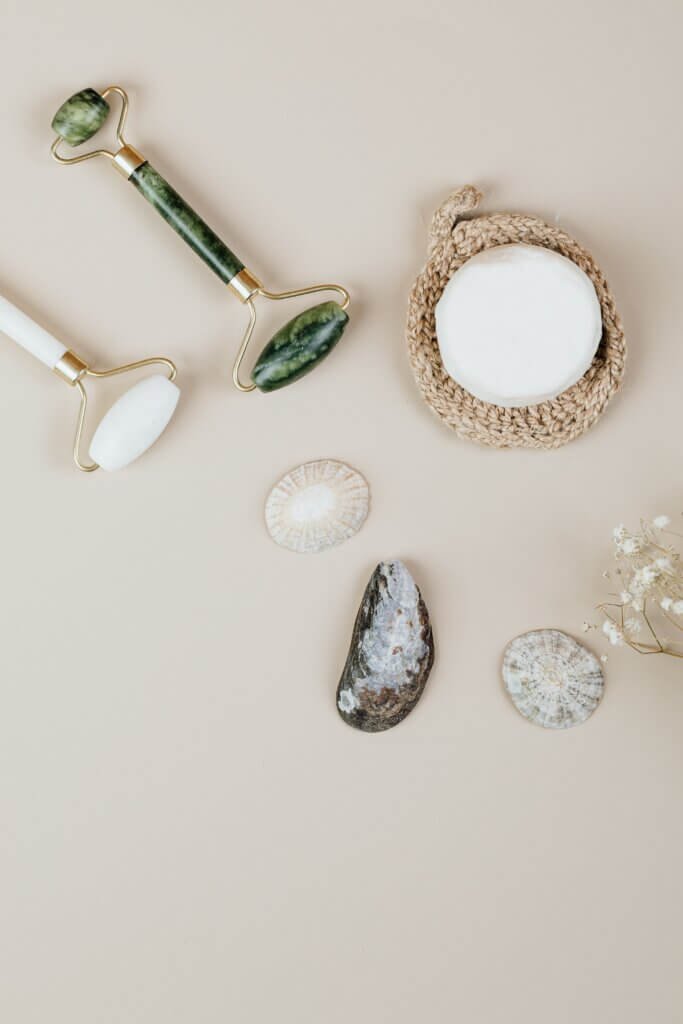
5. Cocoa Hull Mulch
If you love the scent of chocolate and want an environmentally friendly mulch option, consider cocoa hull mulch. Here’s what you need to know about using cocoa hulls in your garden:
5.1 Environmentally Friendly Choice
Cocoa hulls are a byproduct of the chocolate-making process and offer an eco-friendly mulching option. They provide excellent weed suppression, conserve soil moisture, and break down slowly, enriching the soil over time.
5.2 Benefits
Using cocoa hull mulch adds an attractive and aromatic touch to your garden. It acts as an insulator, protecting plant roots from extreme temperatures. Additionally, cocoa hulls contain natural mulch compounds that serve as a deterrent to certain pests, such as slugs and snails.
5.3 Limitations
One factor to consider when using cocoa hull mulch is its potential toxicity to dogs. Cocoa hulls contain theobromine, a compound that can be harmful to dogs if ingested in large quantities. Therefore, if you have dogs or other pets, it is important to monitor their access to the mulched area and be cautious when using cocoa hulls.
6. Shredded Bark Mulch
Shredded bark mulch is an aesthetically pleasing option that offers numerous benefits for your garden. Here’s what you need to know about using shredded bark as mulch:
6.1 Advantages
Shredded bark mulch provides excellent weed suppression, helps conserve moisture, and adds organic matter to the soil as it decomposes. It also acts as an insulating layer, protecting plant roots from extreme temperatures.
6.2 Types of Bark
There are various types of bark mulch available, including cedar, cypress, and pine. Choose a type of bark mulch based on your plants’ preferences and availability in your area. Cedar and cypress mulches are particularly resistant to decay and can last longer than other types.
6.3 Proper Installation
When applying shredded bark mulch, spread it evenly around your plants, ensuring a depth of about 2 to 4 inches. Avoid piling the mulch against the stems of your plants, as this can create a moist environment that may promote rotting.
6.4 Maintenance Tips
Periodically check the depth of the shredded bark mulch and add more as needed. Over time, the mulch may break down, so it is important to replenish it to maintain its effectiveness. Additionally, monitor for any signs of weed growth and remove them promptly.
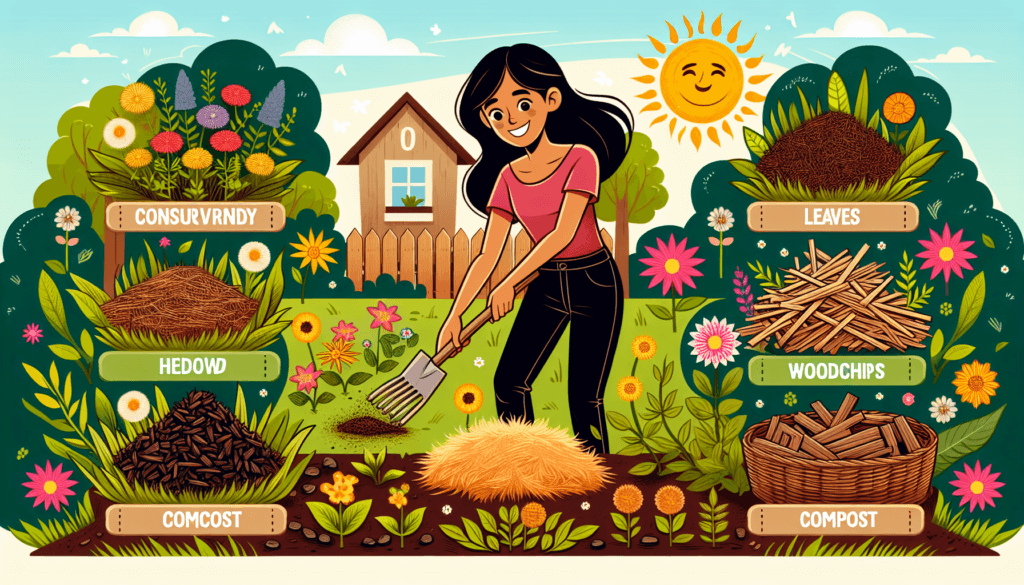
7. Rubber Mulch
If you’re looking for a unique mulching option that is both eco-friendly and long-lasting, rubber mulch may be the solution for you. Here’s what you need to know about using rubber mulch in your garden:
7.1 Eco-Friendly Aspect
Rubber mulch is made from recycled tires, providing a sustainable alternative to disposing of them in landfills. By using rubber mulch, you contribute to the reduction of waste and promote the reuse of materials.
7.2 Pros and Cons
Rubber mulch offers several advantages, such as excellent weed control, long-lasting durability, and its ability to retain moisture. It also does not decompose like organic mulches, reducing the need for frequent replenishment. However, some gardeners may find the appearance of rubber mulch less natural compared to other options.
7.3 Recommendations
When using rubber mulch, it is essential to apply a sufficient layer to provide weed suppression. A depth of about 2 to 3 inches is generally recommended. Additionally, ensure that the rubber mulch is free from metal and other potentially harmful contaminants. As with other mulch types, monitor for weed growth and remove weeds as needed.
8. Rock or Gravel Mulch
For low-maintenance gardening and a unique aesthetic appeal, rock or gravel mulch can be an excellent choice. Here’s what you need to know about using rock or gravel as mulch:
8.1 Durable and Low-Maintenance Option
Rock or gravel mulch is a long-lasting option that requires minimal maintenance. It does not decompose, saving you the hassle of replenishing it regularly. Additionally, rock or gravel mulch can withstand heavy rain and strong winds.
8.2 Benefits
Using rock or gravel as mulch can help suppress weed growth, conserve soil moisture, and regulate soil temperature. It also provides an attractive contrast to plant foliage and can be particularly suitable for arid landscapes or areas prone to wildfires.
8.3 Considerations
When using rock or gravel mulch, ensure that it is not piled too deeply, as this can prevent water drainage and lead to root rot. Additionally, be cautious of using small-sized rocks or gravel, as they may be a choking hazard for pets or small children. Consider the size and weight of the rocks to ensure easy accessibility for maintenance and planting purposes.
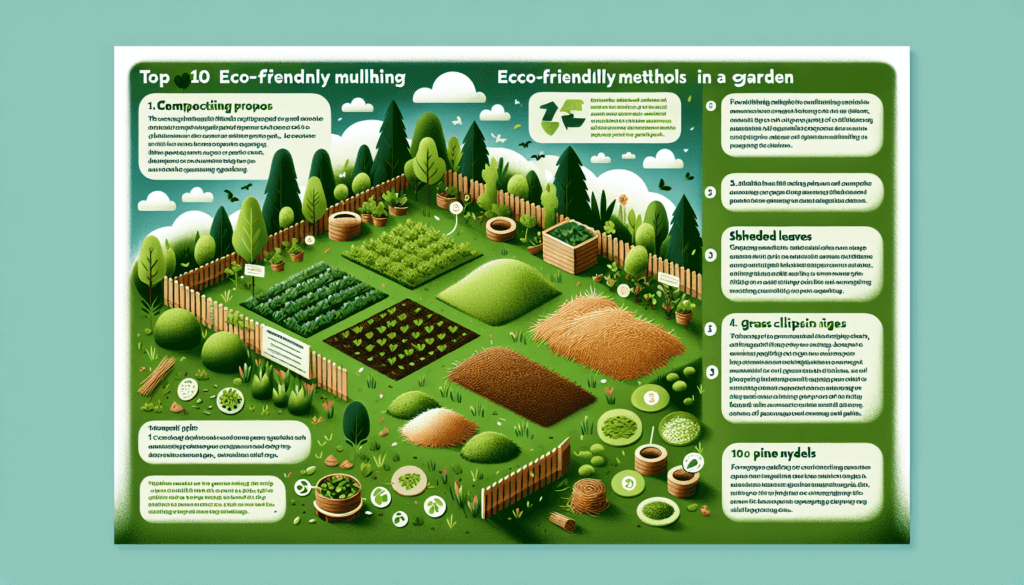
9. Mulching with Living Plants
Another eco-friendly mulching option is to use living plants as ground cover in your garden. This method not only provides the benefits of mulching but also adds beauty and diversity to your landscape. Here’s what you need to know about mulching with living plants:
9.1 Groundcover Plants
Groundcover plants are low-growing plants that spread to form a dense carpet-like covering. They help suppress weeds, retain soil moisture, and stabilize soil erosion. Some popular choices for groundcover plants include creeping thyme, moss, sedum, and vinca.
9.2 Benefits
Mulching with living plants adds visual appeal to your garden and creates a natural habitat for beneficial insects and wildlife. Living plants can also improve soil fertility as they grow and decompose, and they provide an attractive alternative to traditional mulching methods.
9.3 Suitable Choices
When selecting groundcover plants, consider factors such as your region’s climate, sun exposure, and soil conditions. Choose plants that are well-suited to your garden’s specific needs and are capable of spreading and covering the desired area effectively. Consult with local gardening experts or nurseries for suitable groundcover plant recommendations for your region.
10. Straw or Hay Mulch
Straw or hay mulch is a popular, readily available mulching material that offers several benefits for your garden. Here’s what you need to know about using straw or hay as mulch:
10.1 Easy-to-Find Material
Straw or hay mulch is typically easy to find at local farm supply stores or garden centers. It is an affordable mulching option that provides excellent weed suppression and helps retain soil moisture.
10.2 Application
Apply a layer of straw or hay mulch around your plants, ensuring it is not too thick. A depth of about 4 to 6 inches is usually sufficient. Take care to avoid placing the mulch directly against the stems of your plants, as this can create a moist environment that may encourage rotting.
10.3 Benefits
Using straw or hay as mulch helps regulate soil temperature, suppress weed growth, and conserve moisture. It also breaks down gradually, adding organic matter to the soil and improving its structure.
10.4 Tips and Precautions
To minimize weed growth, lay down a weed barrier, such as cardboard or newspaper, before applying straw or hay mulch. Some hay may contain weed seeds, so it is important to purchase thoroughly aged or weed-free hay. Monitor for any signs of weed growth and remove weeds promptly to prevent them from competing with your plants for nutrients and water.

